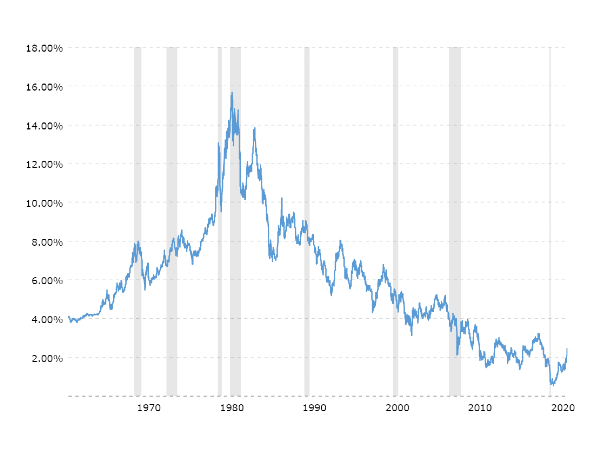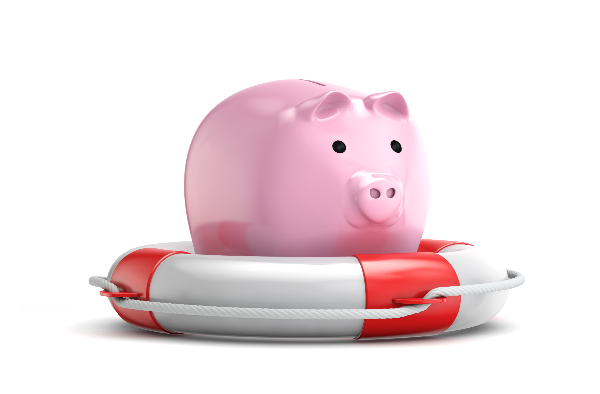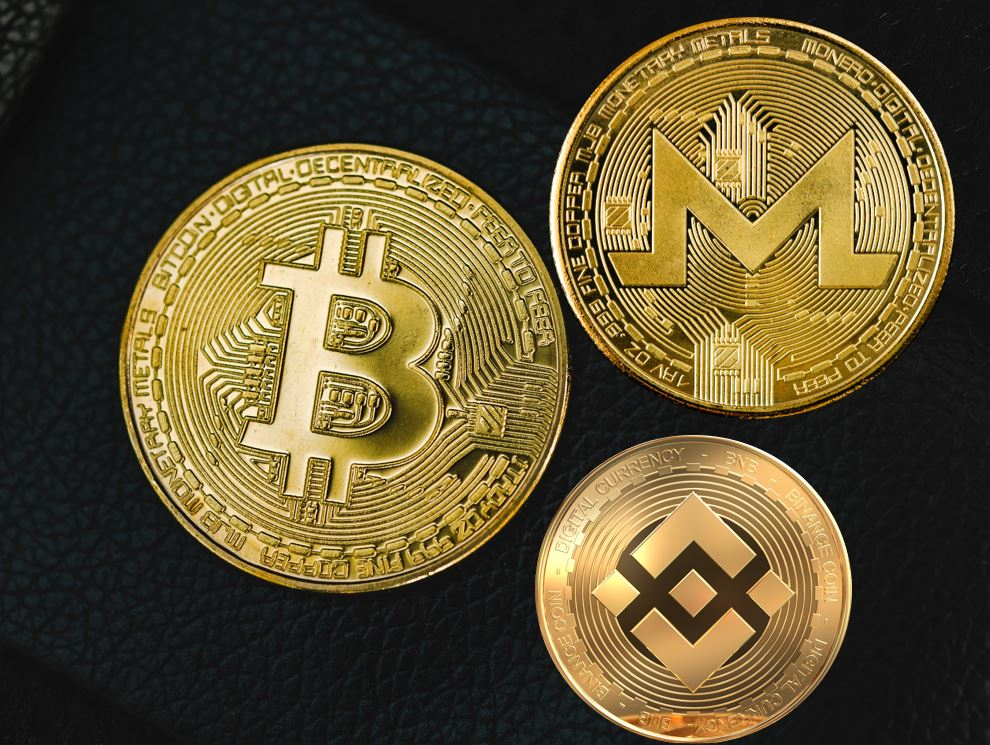What are Safe Investments
Safe investments have a low possibility of loss. This safety comes with a tradeoff as the return on safe investments will be lower.
7 safe investments
These 7 investments are safe havens for investors who want to preserve their wealth. We've ordered them from the safest investment to the "riskiest" safe investment.
Money Market accounts
In terms of risk, money market accounts are nearly identical to cash hidden in your mattress. The interest on these accounts are miniscule but FDIC insured. Brokerages will sweep your money into this account without you realizing it.
Certificates of Deposit
Certificate of Deposits (CD) are saving accounts that hold the money for a given period of time. The period can vary but is typically 1 year. The money in a CD is inaccessible until the end of the period. Because of this restriction, A CD offers higher interest rate than bank accounts.
Treasury bonds
When you buy a treasury bond, you are loaning the U.S. Federal Government money. The coupon rate on the bond is set by the U.S. Treasury, who at auction will likely set the rate to match the Federal Funds rate. This rate is controlled by the Federal Reserve who is mandated to keep prices stable and keep unemployment low.
Retail investors buy treasury bonds on the secondary market. This means that the yield of the bond will fluctuate because the price of bonds change due to market demand. This chart from macrotrends.net shows 10 year treasury bond rates since 1962.

Municipal bonds
Cities issue municipal bonds to fund city projects or their budgets. Municipal bonds are less safe than treasury bonds because municipalities have sometimes gone bankrupt. These bankruptcies affect the credit rating of municipal bonds. Because of this risk, municipal bonds have higher interest rates than treasury bonds.
Corporate bonds
Corporate bonds are issued by companies. They are typically, but not always, riskier than Municipal bonds. Use credit rating agencies like Moody's to determine their credit worthiness. When an issuer loses their credit worthiness their bonds become junk bonds.
Dividend Stocks
Dividends are cash payments made to investors from the company they own. Dividend payouts are approved by a company's board and are typically made quarterly. Sometimes, a company will pay a special dividend due to unexpected windfall profits.
Dividend stocks dampen their risk with dividend payouts. But dividend payouts are not always a sure thing. General Electric cut its dividend to zero to help in the restructuring of its core business. This happened after years of consistent dividend payouts.
When researching dividend stocks, beware of the company's business health. Make sure the business is stable enough to pay future dividends.
S&P 500 Index Fund/ETF
The S&P 500 averages 10.5% return per year. However, this return is very volatile relative to the returns of bonds.

From this chart from macrotrends.net, you can see that the S&P 500 annual return can be as extreme as -38%. A loss like that has never even closely happened with Treasury Bonds.
Are Safe Investments Good Investments?
Safe investments may not always be good investments. Safe investments risk losing purchasing power due to inflation. They also have an opportunity cost when other investments have better risk profiles.
The Effects of Inflation
The math is simple: if inflation is 8% and you only make 2% on you bonds, then you just lost 6% in purchasing power. Your portfolio may be up, but your total purchasing power of your portfolio is down.
In your day to day life let's take a commodity we all eat: pizza. Your safe portfolio increased from $100 to $102 thanks to some bonds. You sell this portfolio, satisfied with your success! You want to celebrate and use that money to buy 10 pizzas. Unfortunately, inflation caused the price of pizzas to increase. Now you can only buy 9.5 pizzas. Even though you made money, your purchasing power decreased.
Risk Management
Just because an investment is "safe", does not mean the investment is "good". One definition of "good" is an investment whose earnings potential is much greater than its risk. This can be measured using the sharpe ratio and sortino ratio metrics. These metrics compare this risk and reward trade-off of any investment or portfolio. These metrics are universal and can be used to uniformly compare different investments.
The Bottom Line
Safe investments help manage risk, but beware! A common mistake made by new investors is to be too risk-adverse. Investing is about taking healthy risks that will be profitable long term.












What are Safe Investments
Safe investments have a low possibility of loss. This safety comes with a tradeoff as the return on safe investments will be lower.
7 safe investments
These 7 investments are safe havens for investors who want to preserve their wealth. We've ordered them from the safest investment to the "riskiest" safe investment.
Money Market accounts
In terms of risk, money market accounts are nearly identical to cash hidden in your mattress. The interest on these accounts are miniscule but FDIC insured. Brokerages will sweep your money into this account without you realizing it.
Certificates of Deposit
Certificate of Deposits (CD) are saving accounts that hold the money for a given period of time. The period can vary but is typically 1 year. The money in a CD is inaccessible until the end of the period. Because of this restriction, A CD offers higher interest rate than bank accounts.
Treasury bonds
When you buy a treasury bond, you are loaning the U.S. Federal Government money. The coupon rate on the bond is set by the U.S. Treasury, who at auction will likely set the rate to match the Federal Funds rate. This rate is controlled by the Federal Reserve who is mandated to keep prices stable and keep unemployment low.
Retail investors buy treasury bonds on the secondary market. This means that the yield of the bond will fluctuate because the price of bonds change due to market demand. This chart from macrotrends.net shows 10 year treasury bond rates since 1962.
Municipal bonds
Cities issue municipal bonds to fund city projects or their budgets. Municipal bonds are less safe than treasury bonds because municipalities have sometimes gone bankrupt. These bankruptcies affect the credit rating of municipal bonds. Because of this risk, municipal bonds have higher interest rates than treasury bonds.
Corporate bonds
Corporate bonds are issued by companies. They are typically, but not always, riskier than Municipal bonds. Use credit rating agencies like Moody's to determine their credit worthiness. When an issuer loses their credit worthiness their bonds become junk bonds.
Dividend Stocks
Dividends are cash payments made to investors from the company they own. Dividend payouts are approved by a company's board and are typically made quarterly. Sometimes, a company will pay a special dividend due to unexpected windfall profits.
Dividend stocks dampen their risk with dividend payouts. But dividend payouts are not always a sure thing. General Electric cut its dividend to zero to help in the restructuring of its core business. This happened after years of consistent dividend payouts.
When researching dividend stocks, beware of the company's business health. Make sure the business is stable enough to pay future dividends.
S&P 500 Index Fund/ETF
The S&P 500 averages 10.5% return per year. However, this return is very volatile relative to the returns of bonds.
From this chart from macrotrends.net, you can see that the S&P 500 annual return can be as extreme as -38%. A loss like that has never even closely happened with Treasury Bonds.
Are Safe Investments Good Investments?
Safe investments may not always be good investments. Safe investments risk losing purchasing power due to inflation. They also have an opportunity cost when other investments have better risk profiles.
The Effects of Inflation
The math is simple: if inflation is 8% and you only make 2% on you bonds, then you just lost 6% in purchasing power. Your portfolio may be up, but your total purchasing power of your portfolio is down.
In your day to day life let's take a commodity we all eat: pizza. Your safe portfolio increased from $100 to $102 thanks to some bonds. You sell this portfolio, satisfied with your success! You want to celebrate and use that money to buy 10 pizzas. Unfortunately, inflation caused the price of pizzas to increase. Now you can only buy 9.5 pizzas. Even though you made money, your purchasing power decreased.
Risk Management
Just because an investment is "safe", does not mean the investment is "good". One definition of "good" is an investment whose earnings potential is much greater than its risk. This can be measured using the sharpe ratio and sortino ratio metrics. These metrics compare this risk and reward trade-off of any investment or portfolio. These metrics are universal and can be used to uniformly compare different investments.
The Bottom Line
Safe investments help manage risk, but beware! A common mistake made by new investors is to be too risk-adverse. Investing is about taking healthy risks that will be profitable long term.